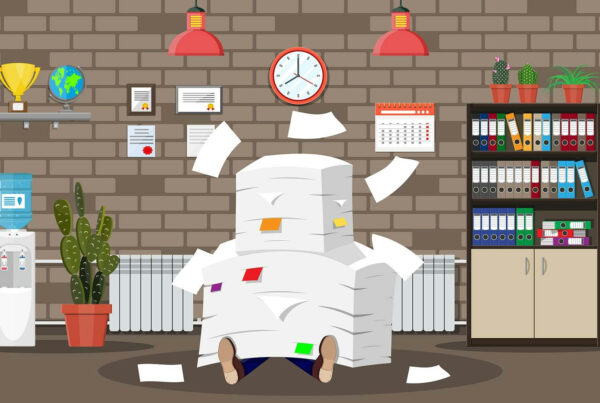I have had some nightmare project disasters. Like the time I waived a $70k invoice just to tell a client, “We are done.” Or that one time I refunded a client $54k to get them out of my life. It is easy to use the excuse, “They are just a bad client” and sometimes that may be true. But most of the big disasters I’ve had could have been avoided if I had done a better job with the things listed in this article. Which of these are you letting happen in your business?

Bad Scope
When it comes to disasters, a bad scope is most commonly the culprit. If you don’t take the time to define the details of your engagement, put them in writing, and get your client to formally agree to them (in writing), you are setting yourself up for an inevitable disaster. A loose project scope leaves room for assumptions. Those client assumptions are the lit fuse sparking its way to destroy your project.
Good Scope Not Followed
Maybe you’ve learned your lesson about the importance of scoping your projects in detail. Good for you. But I have you learned your lesson about holding yourself and your client to the approved scope? I learned it the hard way.
I’m a people pleaser. (Many creatives are too.) I just want to keep my client happy. As a result, I tend to allow some wiggle room in the scope. The client asks for “one small extra thing” and I say, “yes” because I don’t want the client to get mad when I push back on the scope. Seven yeses later I’m in the middle of an unprofitable project and for some reason the client is mad anyway. It is better to have a mad client because you stick to the scope and price, than it is to have a mad client AND and unprofitable project. Stick to the scope!
Bad Client
This is an obvious one. Another key ingredient to a disaster project is saying “yes” to a client who should be a “no.” If your internal alarm is screaming “don’t work with this person,” trust it. I would have avoided many painful project disasters if I had just listened to my intuition.
Bad Process
If you haven’t taken the time to create structured, systematic processes for your business, the clock is ticking and a disaster is in your future. Don’t learn this lesson the hard way. Create a standard “to-do” list (task list) for every service you offer. Then, from research to internal reviews, include everything you need to do to be successful in your delivery. The tighter your processes, the better your business.
Good Process Not Followed
What good are structured processes if you don’t follow them? About five years into my business, an agency client asked our whole team to take a personality test before the agreed to work with us. I thought, “that’s weird.” But we really needed the work and I assumed, “they know better than me, after all they are the legit agency.” They reviewed the results of their magical personality test and it turns out that our art director wasn’t quite a personality fit for their team. So, they asked us not to have him involved in the project. Hungry for the work, we agreed. (Bad idea.)
Guess what happens when you don’t have your best designer (our art director) involved in a big project? Disaster. We had good processes that included active guidance from our trusted A.D. We threw those processes out the door and let the client dictate how we would operate our business. The explosion was big and costly.
Stick to your processes. It is your business, you decide how to run it, not your clients.
Of course there are other things that can create a disaster project, but these are some of the biggies. I made every mistake above (and a few of them many times) before I finally connected the dots. Which ones are you making? Hurry and fix them before the lit fuse reaches the T.N.T.












